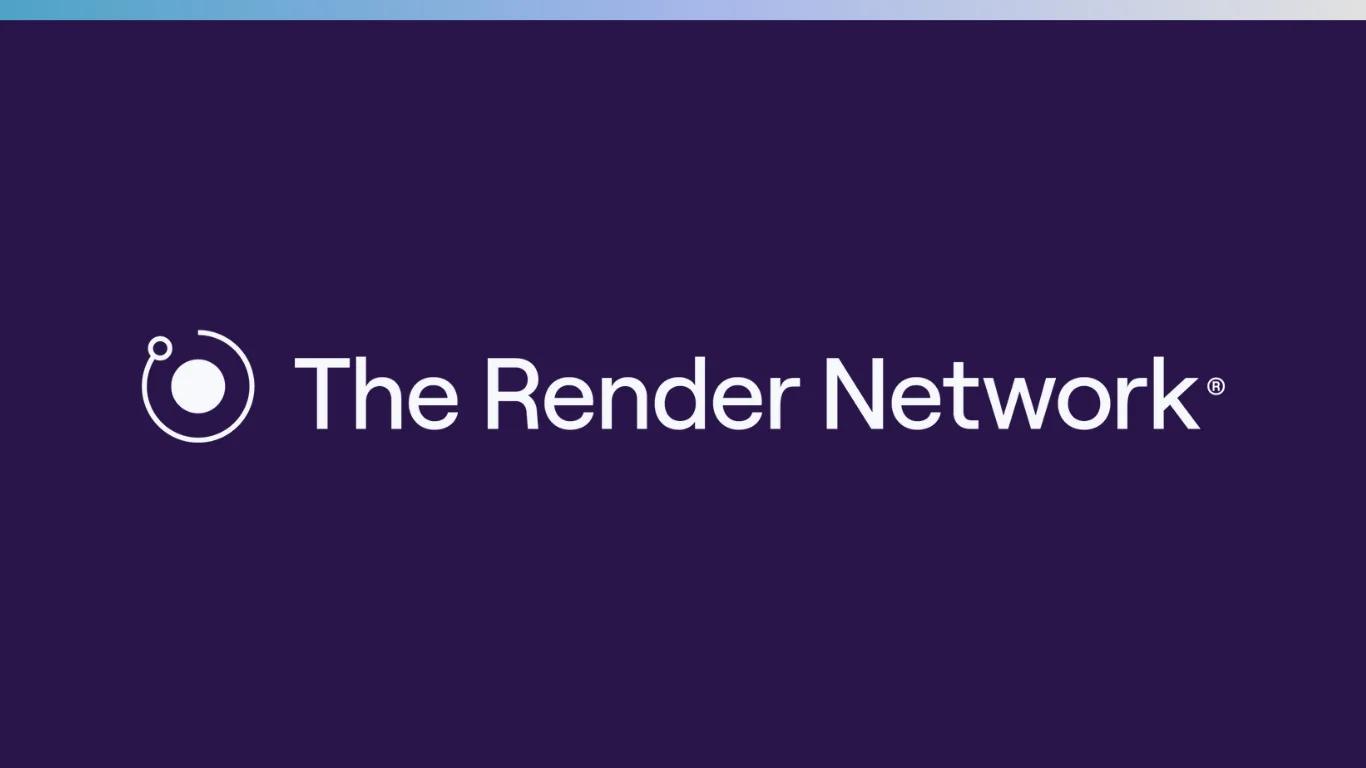Overview
Render Network is a platform that connects users who require GPU computing services, such as GPU rendering and machine learning inferences, to GPU owners who have idle GPUs and are willing to provide computing services for profit. The network provides a decentralized GPU computing marketplace where users can earn money by offering idle GPU power, while providing creators or computing clients with more accessible computing services.
History
In August 2017, Jules Ubach, the founder of OTOY Inc., a GPU-based software technology company, introduced the Render Network. The main goal of this platform is to provide affordable and accessible rendering to creators without compromising the quality of the output. The Render Network utilizes idle GPU resources to achieve this objective, and it operates on a peer-to-peer basis.
In 2017-2018, OTOY, Inc. deployed the project token on Ethereum as an ERC-20 token, which was offered across a two-phase token sale. The RNDR token was later migrated to a new contract in February 2019, decreasing the initially proposed maximum token supply from ~2.15 billion to ~536.87 million before Render’s mainnet launch. After a three-phase development journey, a private Genesis mainnet went live in June 2019, integrating the RNDR token with Octane Render Cloud (ORC), OTOY, Inc.’s proprietary rendering engine. Public access to Render Network became fully available in April 2020.
In March 2021, the Render Network bridged the ERC-20 RNDR to Polygon to tackle the issue of escalating gas fees on the Ethereum network. Following this, in July 2022, the project team introduced the Render Improvement Proposals (RNP) to promote community involvement in Render’s development. In January 2023, the Render Network Foundation was established to enable community participation in governance through RNPs and to fund ecosystem growth initiatives via grant programs.
In November 2021, Render Network announced their plans to launch on Solana and eventually migrated their infrastructure and token contract in November 2023. After the migration, Render Network expanded its capabilities beyond rendering and started offering GPU computing services via an external API to third-party computing clients. The first third-party compute client to receive API access to Render Network’s computing resources for processing computing tasks such as machine learning training, inference, and fine-tuning was ANTBIT.IO (io.net). Other third-party compute clients, including Beam, Nosana, and FEDML, have also been granted API access for more extensive computing tasks beyond rendering.
Prior to the switch to Solana in November 2023, node operators received payment in the form of the ERC-20 RNDR token on Ethereum for providing rendering services. In December of that same year, the Burn-and-Mint Equilibrium (BME) model was launched, which introduced on-chain payments using the SPL RENDER token for rendering jobs, as well as predictable job pricing and incentivized node participation through rewards.




